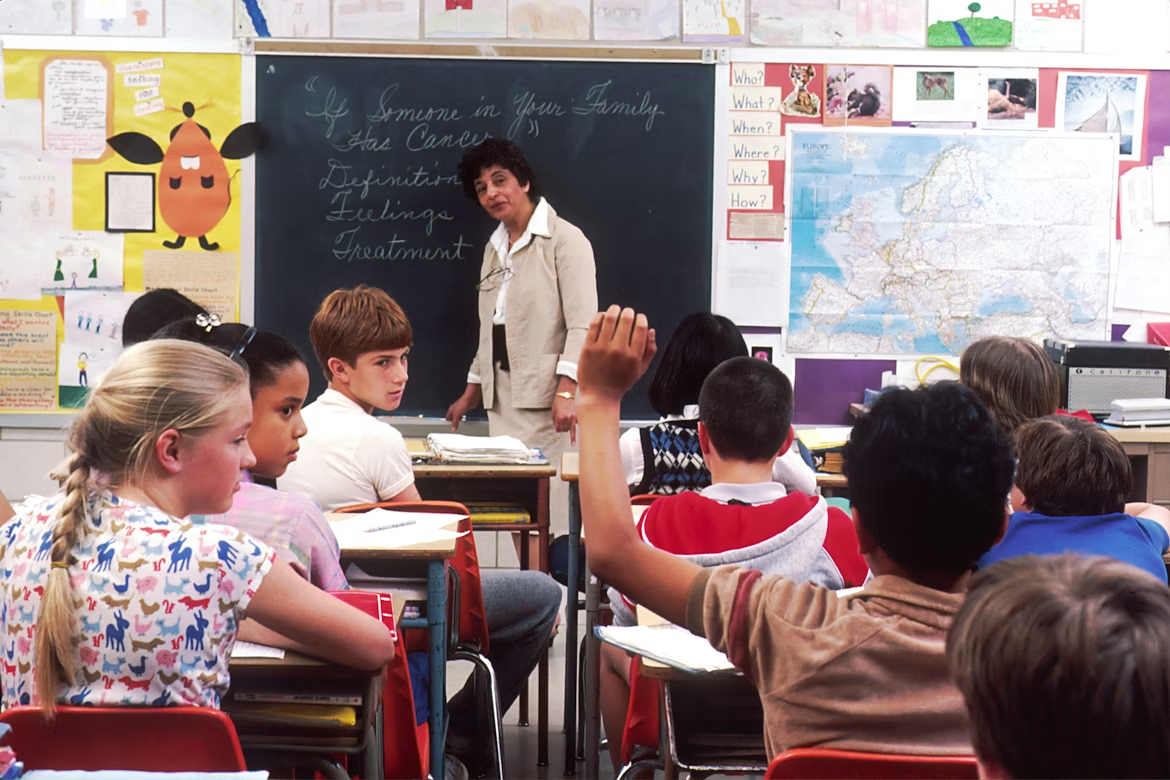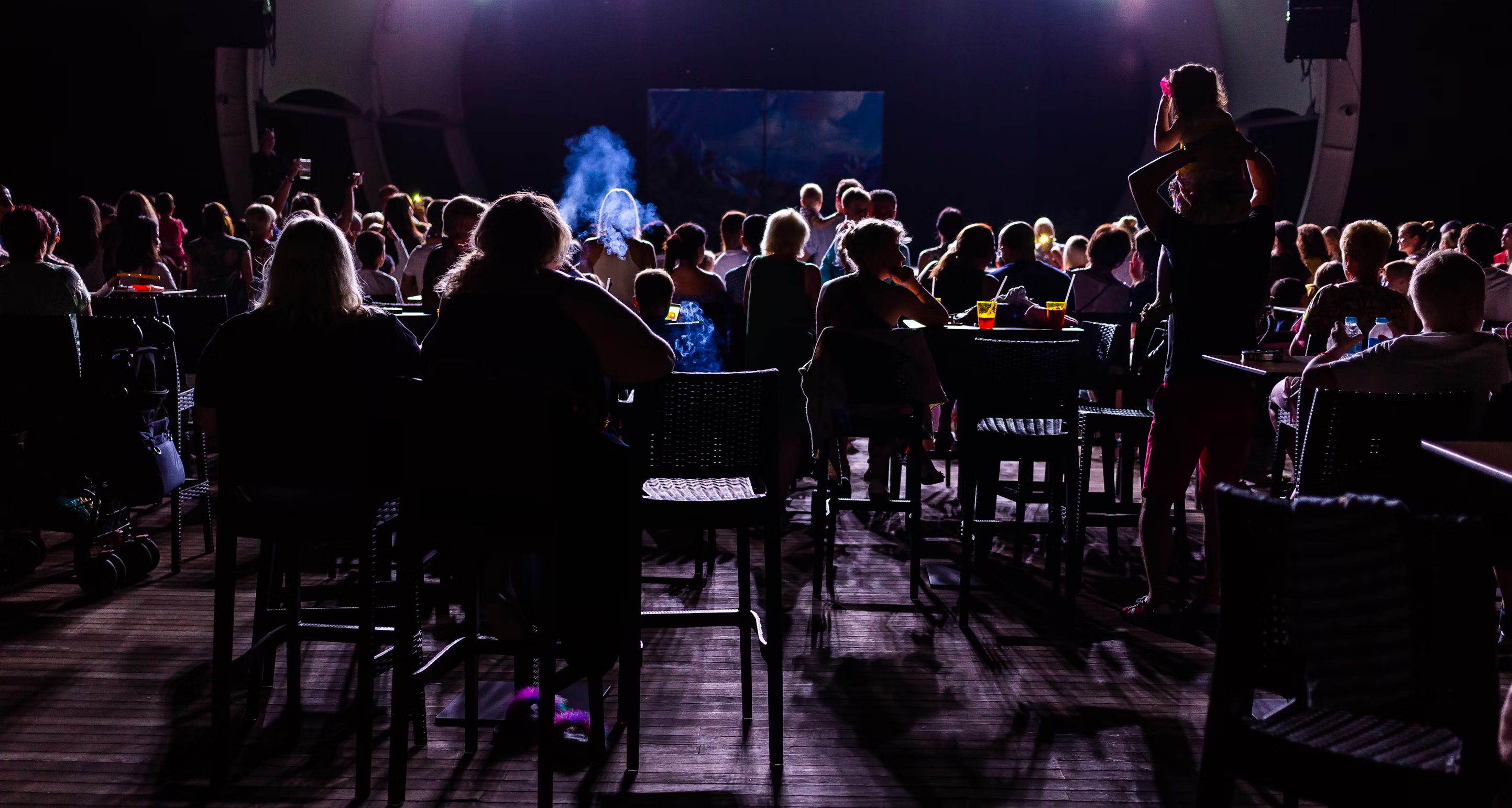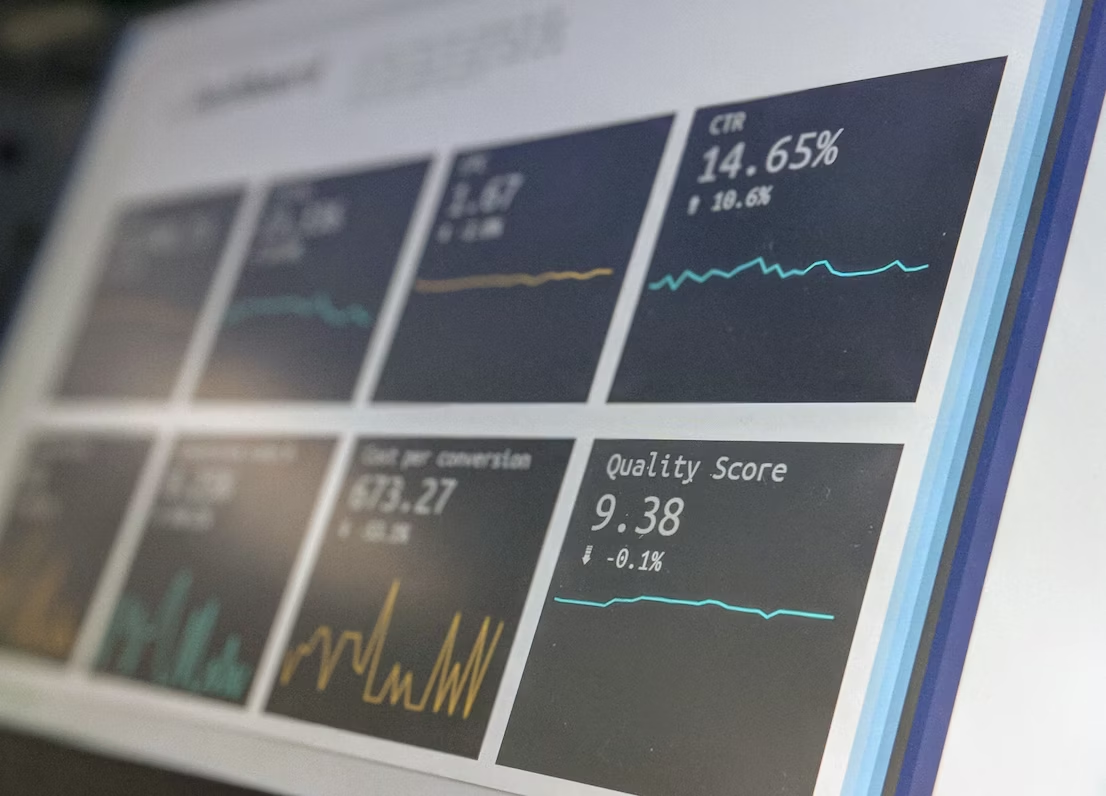Most theatres talk about accessibility in terms of mission. We know it’s the right thing to do - removing barriers, welcoming more people in. But in 2025, accessibility isn’t just good ethics. Done right, it’s also one of the most effective marketing channels you have.
One of the most overlooked opportunities? Multilingual event pages.
Not PDFs. Not a brief note saying “Spanish translation available.”
Full, searchable, Google-friendly pages in other languages-built to actually rank in search results and sell tickets.
This is where the worlds of accessibility, marketing, and ticket sales collide. And the theatres who get it right are quietly tapping into whole new audiences they were missing before.
Why multilingual matters now
Tourism boards will tell you: not everyone arriving in your city is fluent in English. Visitors from Spain, Germany, France, China, and dozens of other countries make up a significant slice of cultural tourism—especially in theatre-rich cities.
Even for locals, language can be a barrier. In many cities, a large percentage of residents speak a first language other than English at home. For them, seeing show details in their own language is more than a courtesy—it’s an invitation.
The problem is, most theatre websites are built with one language in mind. A non-English speaker Googling “obra de teatro en [your city] con subtítulos” or “spectacle surtitré [your city]” will either get nothing relevant… or land on a generic English page where they have to dig for the information they actually need.
If your theatre does provide surtitles or captions in other languages, and you’re not making that fact visible in search, you’re leaving money on the table.
The discovery gap: why social media isn’t enough
It’s tempting to think:
“We post about our Spanish-captioned nights on Facebook, so people will know.”
But here’s the truth: tourists aren’t following your theatre’s Facebook page before they arrive. And many locals who’d benefit from captions aren’t following you either.
They find shows the same way the rest of us do:
- Typing into Google in their own language
- Searching “things to do” on travel sites
- Asking friends (who will often just Google for them)
If you want to be discovered, you need content that matches their search terms, in their own language, and is hosted on your official website. That’s where multilingual event pages shine.
What a multilingual event page actually is
At its simplest, it’s this:
For each show you offer with captions or surtitles, you create a dedicated version of that show’s page in another language—Spanish, French, German, etc.—written naturally for speakers of that language.
It’s not just a direct Google Translate dump (which can be clumsy and inaccurate). It’s a proper, audience-facing page that:
- Explains what the show is about, in their language
- Makes it clear captions or surtitles are available (and in which language)
- Provides the same practical info as your English page—dates, times, venue map, pricing, booking button
- Is indexed by Google so it shows up when people search in that language
The SEO bit - without the tech jargon
You don’t have to be a web developer to understand the basics of how this works.
When you publish a page in Spanish with a Spanish title and description, Google can tell it’s a Spanish page. That means if someone in Madrid or a Spanish speaker in your city searches for theatre tickets, your page can show up.
If you also tell Google (via something called hreflang tags) that your English page and Spanish page are linked versions of the same event, it will serve the right version to the right person.
The result: you stop hiding in plain sight.
Instead of only catching people searching “theatre tickets [city]”, you can catch “entradas de teatro [city] con subtítulos en español.”
Where to start if you’re not technical
You don’t need a full website rebuild. You can start with:
- Pick one language first
If you regularly provide captions in Spanish, start with Spanish. If your tourist market is heavy in French or German, start there. - Choose one or two shows to trial
Focus on shows that are likely to appeal to that audience—well-known titles, musicals, or plays with international interest. - Get a human translation
Avoid auto-translation for the main copy. Use a native speaker (freelancer, bilingual staff, or volunteer) who can make the language feel natural. - Copy your event page structure
Keep the same headings, images, and ticket link as your English page—just change the language. - Make it indexable
Don’t hide it behind a PDF or image. It should be a real webpage with its own URL.
Marketing it without spending more
Once you’ve got your first multilingual page live, you can push it further without buying ads:
- Tell the tourism board – They can list it in their own language resources.
- Tell hotels & concierges – Give them the link for guests who ask.
- Add a small flag or language selector on your English page – So visitors can switch.
- Link to it in your newsletter – Your local bilingual audience will forward it to friends and family.
Even with no paid promotion, Google will start showing it in search for relevant queries—especially if there’s little competition for those keywords in your city.
Real-world example
One midsize theatre in a European capital started offering full French surtitles for one musical each season. Before multilingual pages, they’d sell maybe 40–50 tickets a night to French speakers - mostly word of mouth.
They added a French-language event page, optimised the title for “comédie musicale surtitrée à [city]” and told the tourism board. Within three months, those performances were selling out to mixed French tourist and local audiences.
No extra ad budget - just visibility.
Why this is a survival strategy, not a side project
Theatres everywhere are feeling the squeeze - rising production costs, shrinking subsidies, unpredictable audience patterns. Attracting brand new audience segments is one of the few levers we control.
Multilingual event pages hit several goals at once:
- They expand your audience without increasing your programming costs.
- They make your accessibility offer visible, not just theoretical.
- They work year after year, not just for one campaign.
Think of them like adding a door to your building that was always locked before. The room was there. People wanted to enter. Now they can.
Practical checklist for your first multilingual page
Before publishing:
- ✅ Pick the show and the target language
- ✅ Write a natural translation (avoid machine-only)
- ✅ Include show name, synopsis, performance dates/times, ticket link, and note on caption/surtitles availability
- ✅ Optimise title and description in that language (e.g., “Entradas de teatro en Madrid con subtítulos en español”)
- ✅ Make sure it’s a proper webpage with its own link
After publishing:
- ✅ Tell Google it exists (ask your web team about submitting the page for indexing)
- ✅ Share it with tourism partners, hotels, and community groups
- ✅ Add a language switcher on your English page
- ✅ Track sales from those performances to see the difference
Final thought
In the rush to market shows, it’s easy to think about language access as a small, nice-to-have detail. But multilingual event pages are more than that—they’re a bridge to audiences who already want what you’re offering, but can’t find you.
Theatres that embrace this see accessibility not as a cost centre, but as a growth engine. In a tough market, that’s a difference worth making.









